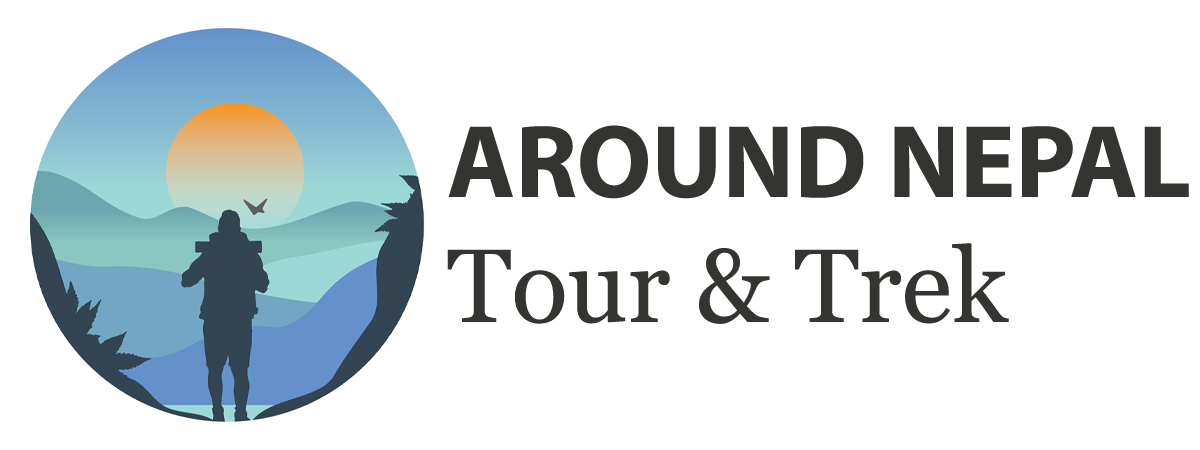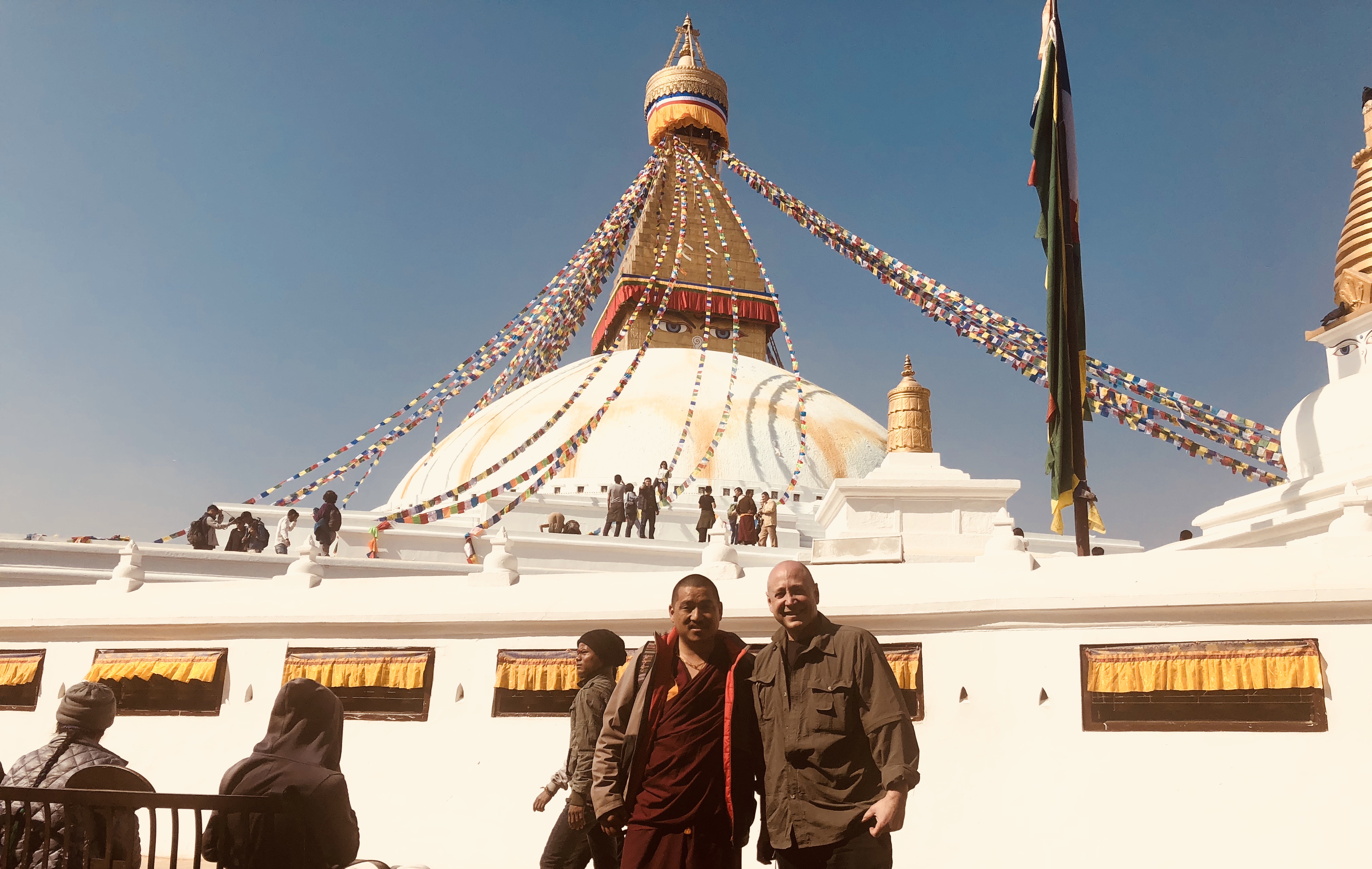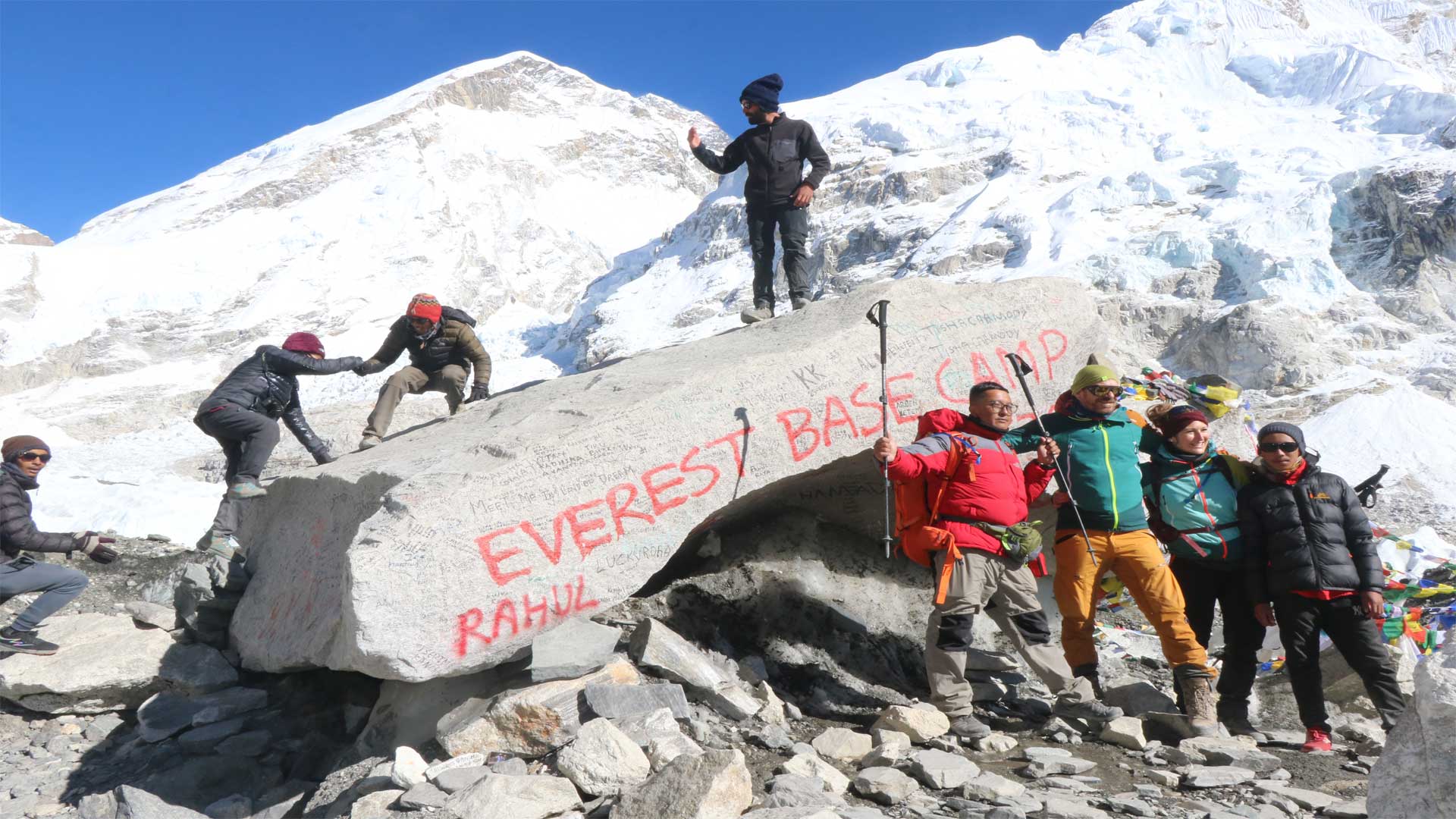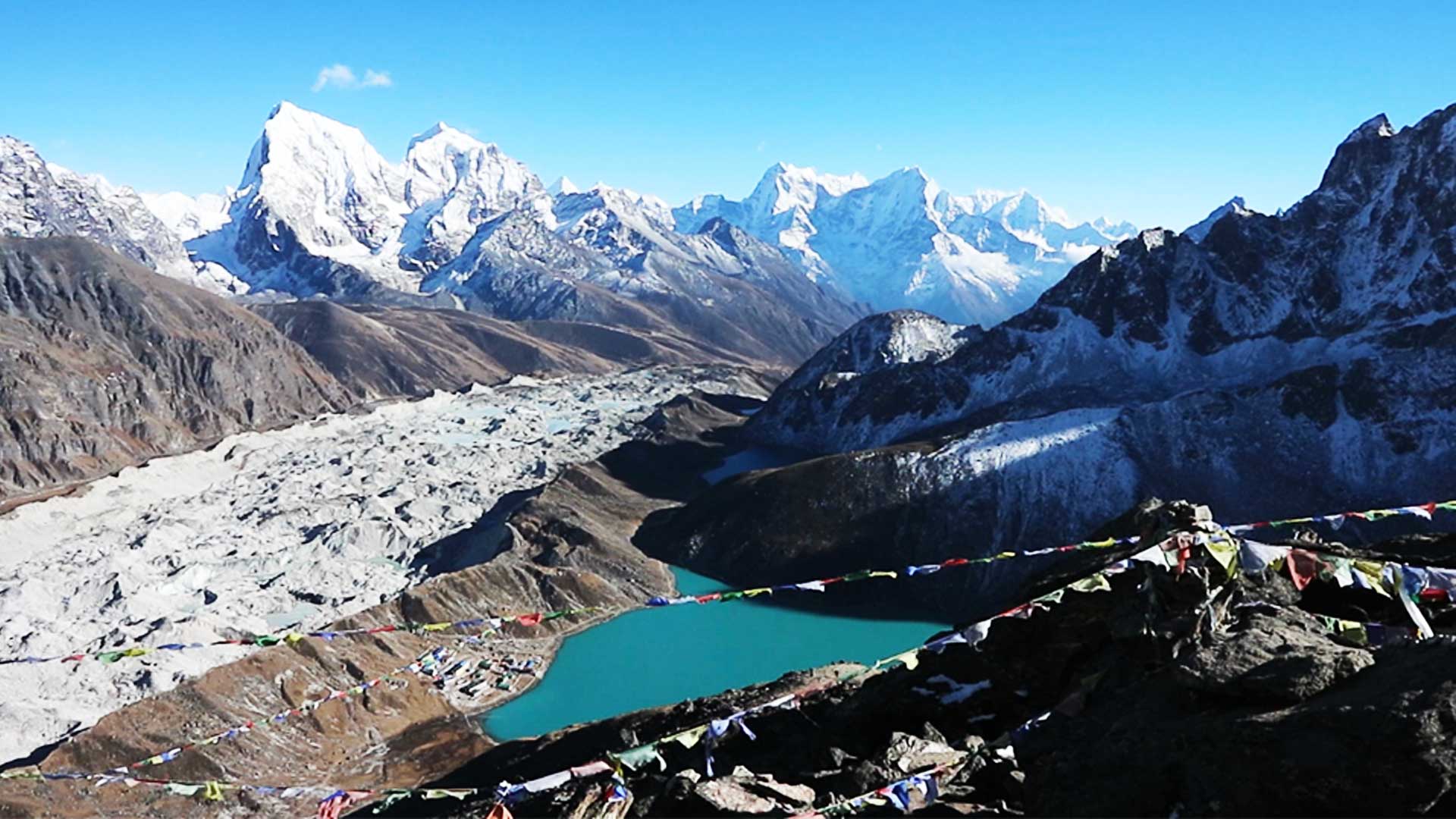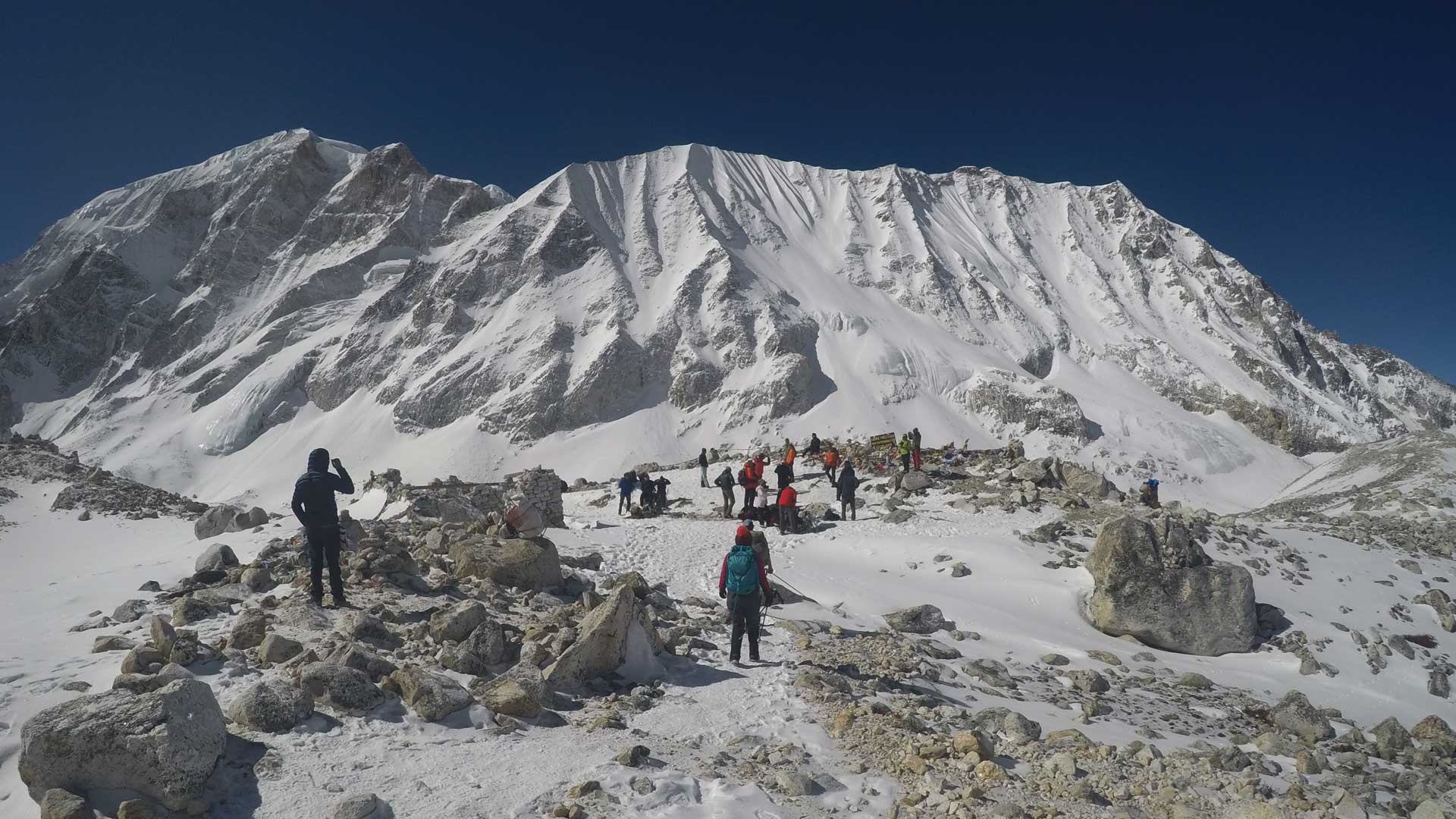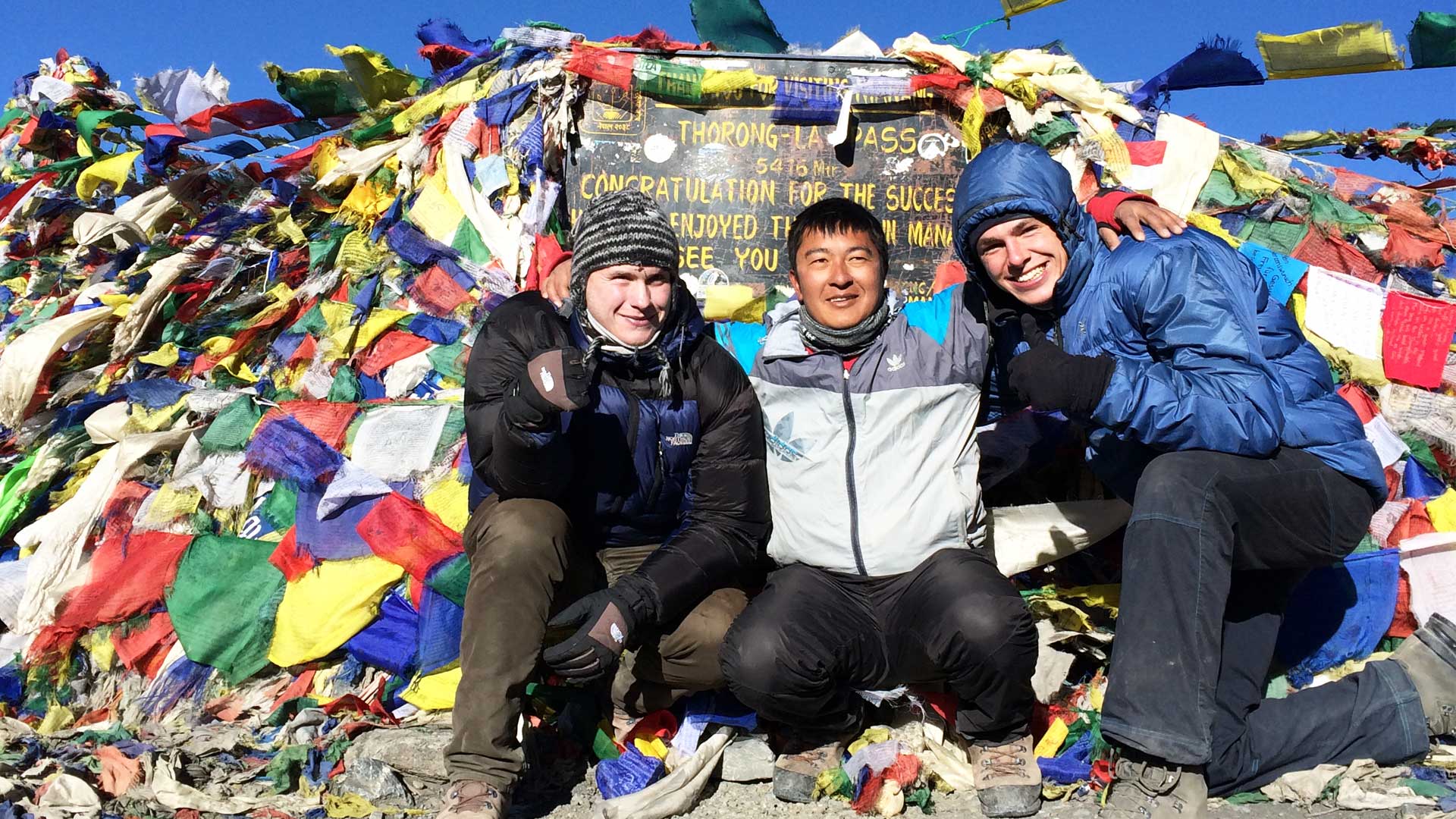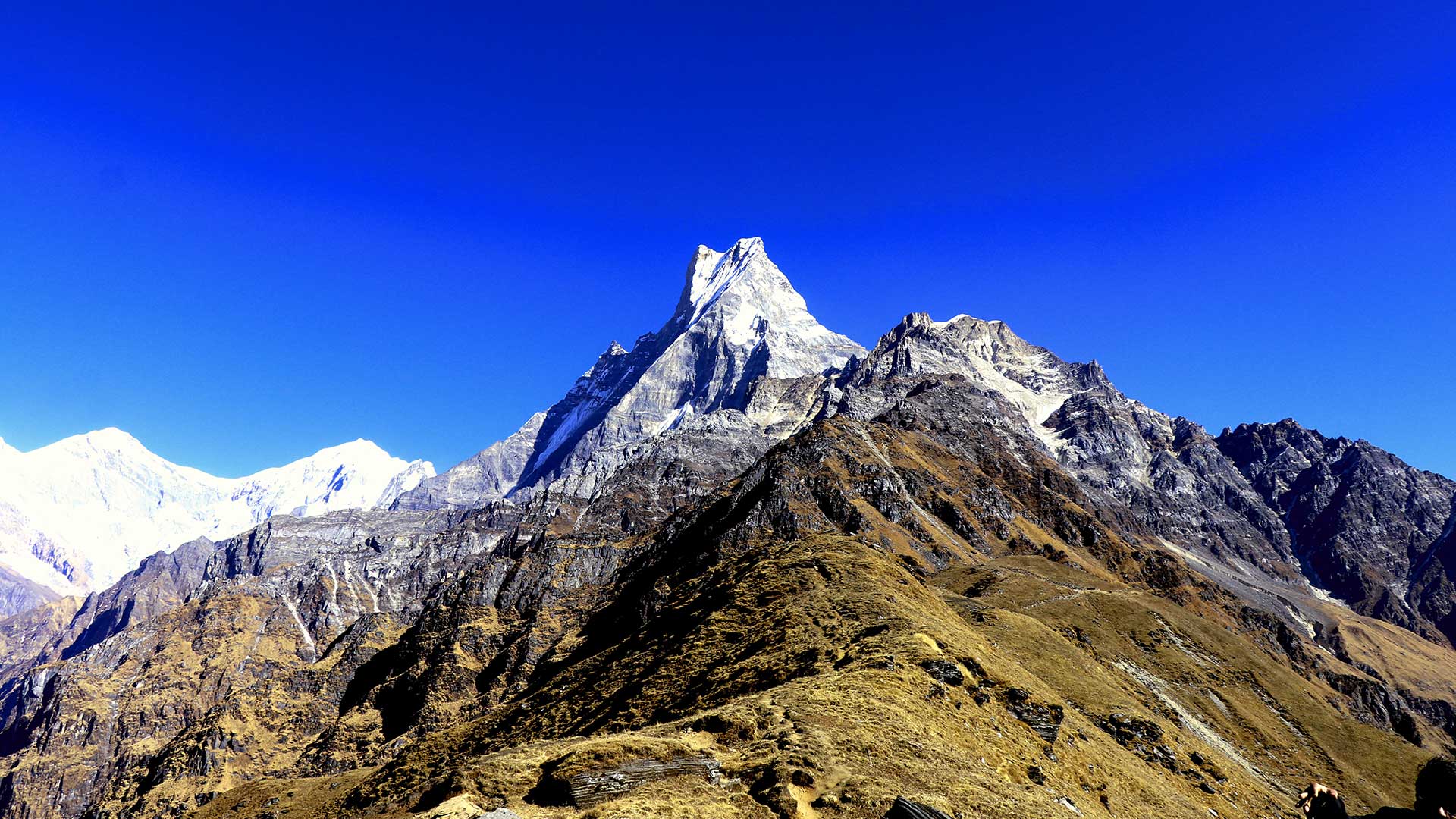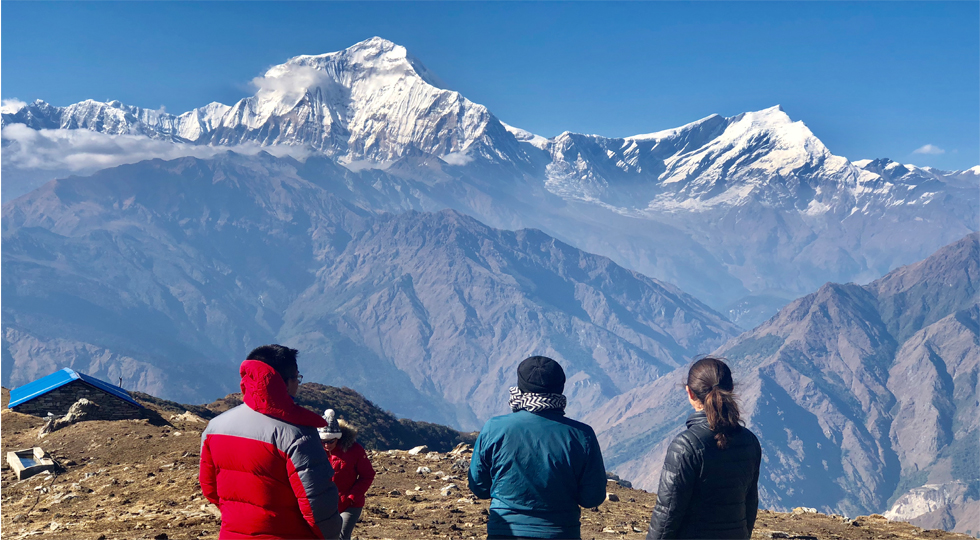Pokhara Valley Tour
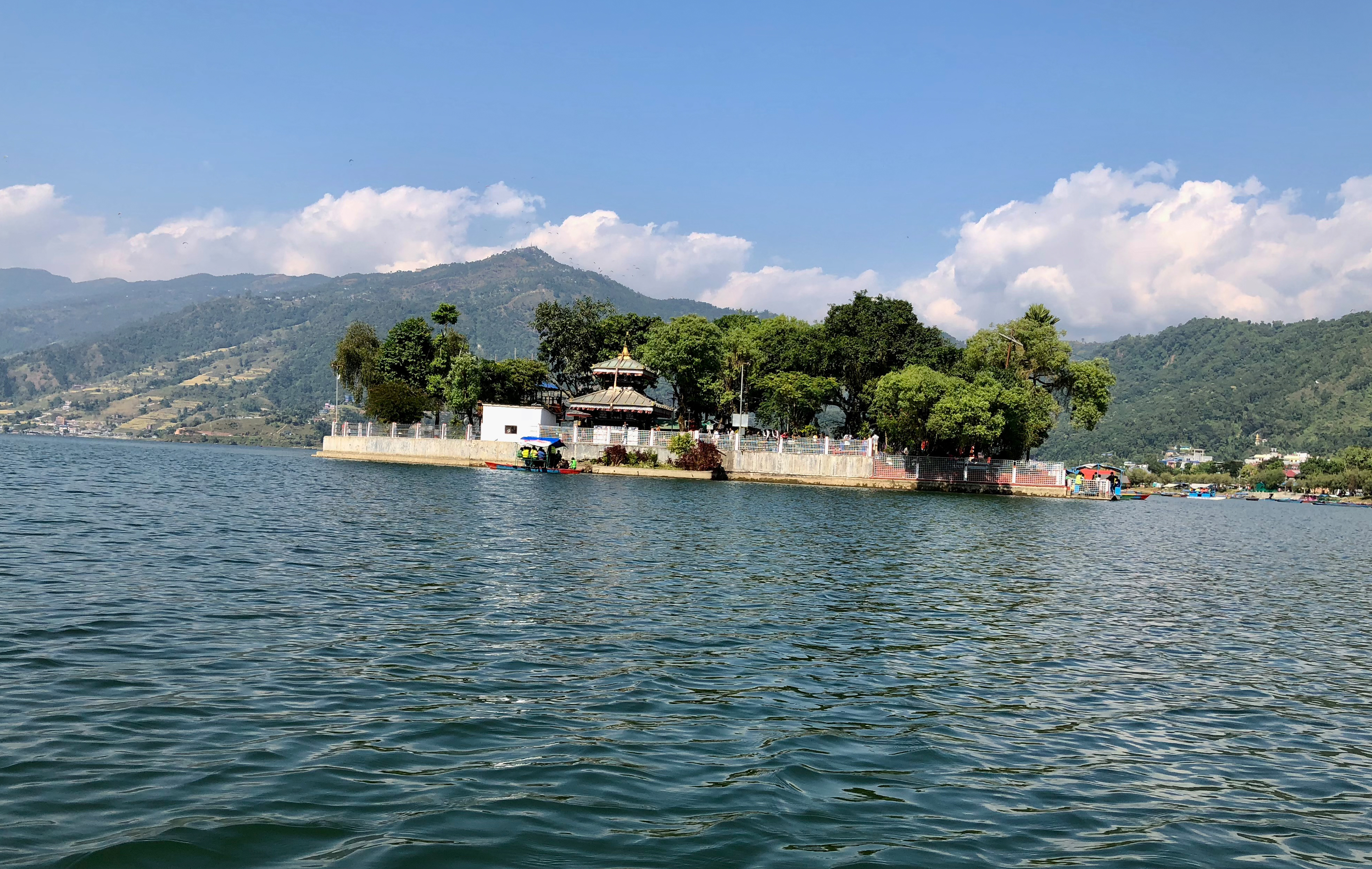
5 days
1,600 meters, Sarangkot
Spring and Autumn
hotel
TRIP HIGHLIGHTS
- A peaceful environment for boating in Phewa Lake, with the Annapurna and Machhapuchhre mountain ranges in the background, as well as a visit to Tal Barahi Temple/Tal Temple.
- Panoramic views of the Annapurna and Dhaulagiri mountain ranges from the high settlement of Sarangkot, particularly at sunrise and sunset. Sarangkot serves as a paragliding and zip lining center.
- Explore the Gupteshwor Cave and Devi's fall/Patale Chhango.
- An incredible views of freshwater Phewa Lake and Pokhara City from Buddhist Stupa, World Peace Pagoda (Shanti Stupa).
- Awe-inspiring views of Pokhara and the Annapurna Range from Bindhyabasini Temple (Hindu temple).
- A must-visit site for cultural, religious, adventurous experiences.
TRIP OVERVIEW
Pokhara is a picturesque city in Nepal's Gandaki province, famous for its exceptional natural beauty, tranquil lakes, caves, waterfalls, and incredible mountain vistas. Pokhara provides a sample of its many attractions as well as more relaxed and peaceful atmosphere. It is really blend of natural wonders, cultural diversity, sense of tranquility, the warmth of local hospitality. It is an ideal destination for relaxation and meditation. It is also renowned for serving as a gateway to the popular trekking destination in the Himalayas, including Annapurna Circuit, Ghorepani Poon Hill etc. The tourists get chances to do various activities such as tours, hiking, trekking, boating, paragliding, zip lining, rafting, canoeing, and bungee jumping.
SHORT ITINERARY
Day 1: Arrival in Kathmandu
Day 2: Drive to Pokhara or flight to Pokhara and Lakeside Exploration
Day 3: Sunrise at Sarangkot and Natural Wonders of Pokhara
Day 4: Pokhara Excursion and Departure
Day 5: Departure day
Food in Pokhara Valley Tour
Pokhara valley in Nepal is well recognized as the tourist hub of Nepal. As a result, Pokhara offers as many tourist amenities as it can. Pokhara Valley has a broad variety of dining alternatives to suit all tastes and preferences. There are Nepali, Tibetan, and foreign cuisines available, such as Dal Bhat, Momos, Newari cuisine, Thukpa, Tibetan food, local dishes, pizza, burgers, spaghetti, Sel roti, bread, noodles, thukpa, tea, coffee, and fruits.
Accommodation in Pokhara Valley Tour
Since Pokhara Valley is a major tourist destination, it offers a diverse choice of lodging options to accommodate a variety of budgets and preferences. It is advisable to book accommodation in advance during the tour, hiking, climbing, and adventure seasons, which are typically September to November and March to May. Pokhara valley offers hotels, guesthouses, resorts, teahouses, hostels, cottages and villas, homestays, boutique lodgings, campgrounds, and so on.
DETAILED ITINERARY
Day 1: Arrival in Kathmandu
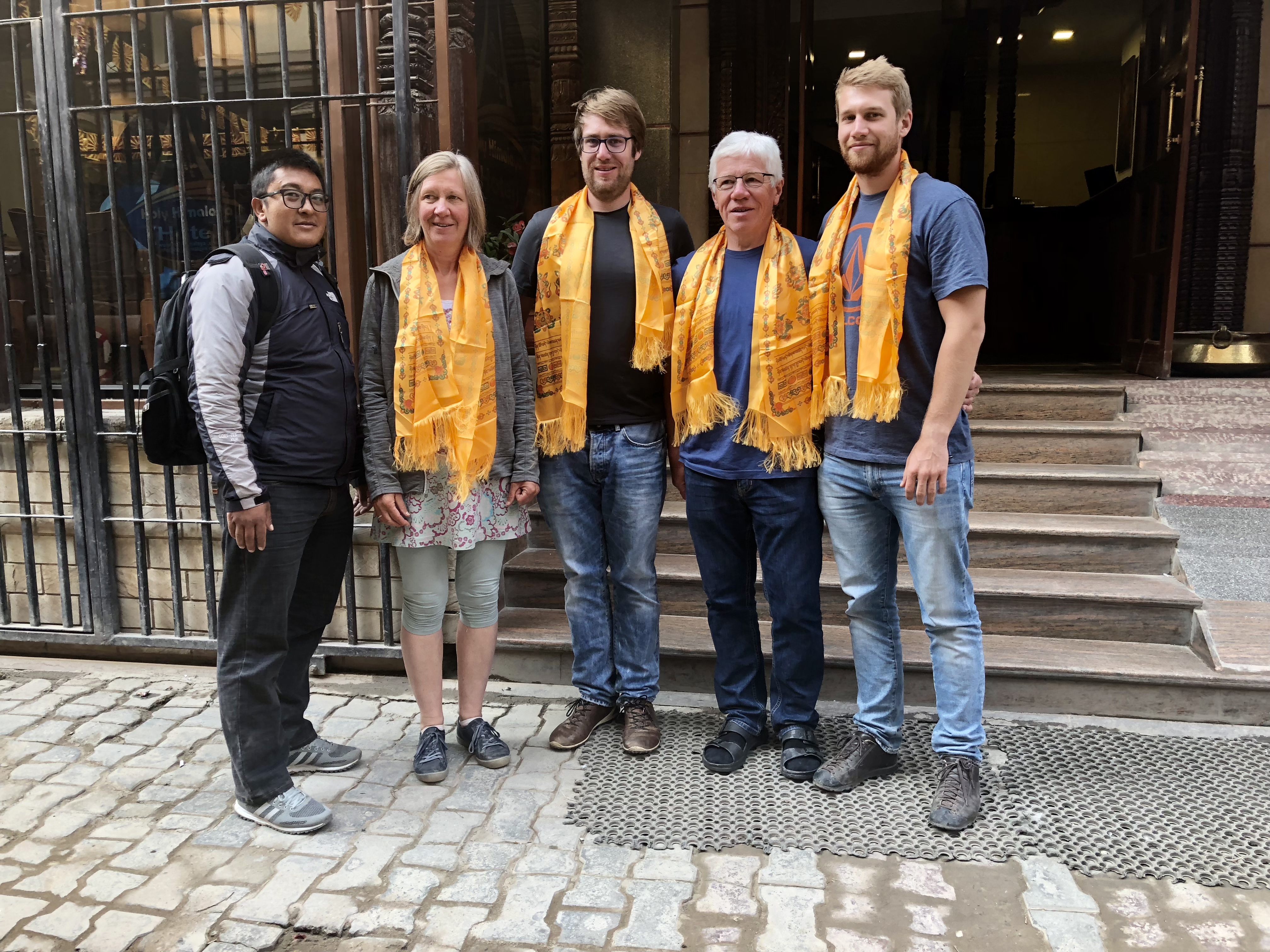
When you arrive at Kathmandu Tribhuwan International Airport, our company representative will meet you and transport you to the touristic city of Thamel.
Day 2: Drive to Pokhara or flight to Pokhara and Lakeside Exploration
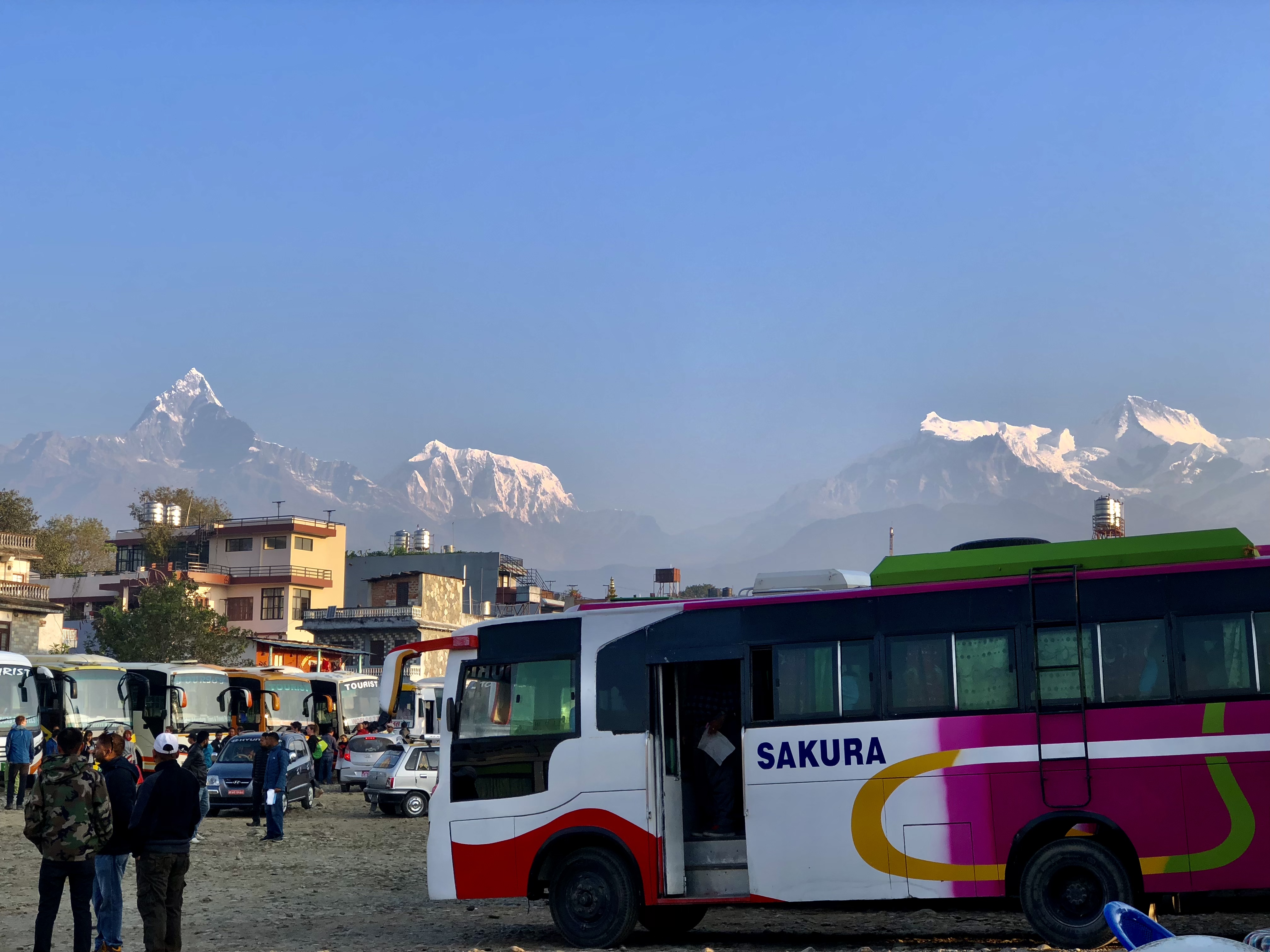
You can get to Pokhara from Kathmandu via flight (about 30 minutes) or bus (about 8 hours). When you get in Pokhara, you have to choose a hotel in a touristic region. Then you travel to Phewa Lake, a renowned lake. The snow-capped peaks, including Machhapuchhre (Fishtail), Annapurna I, and Dhaulagiri create a majestic backdrop for the city. The sight of these towering mountains reflect in the calm crystal-clear waters of Phewa Lake is truly awe-inspiring. The lake is surrounded by lush green hills and Himalayan Mountains. You can take a wonderful colorful boat trip on the lake and visit the Tal Barahi Temple, which is located on an island in the middle. Restaurants, shops, and cafes can all be found in the Lakeside area. Enjoy a lakeside meal with a view of the Annapurna Range in the distance.
Day 3: Sunrise at Sarangkot and Natural Wonders of Pokhara
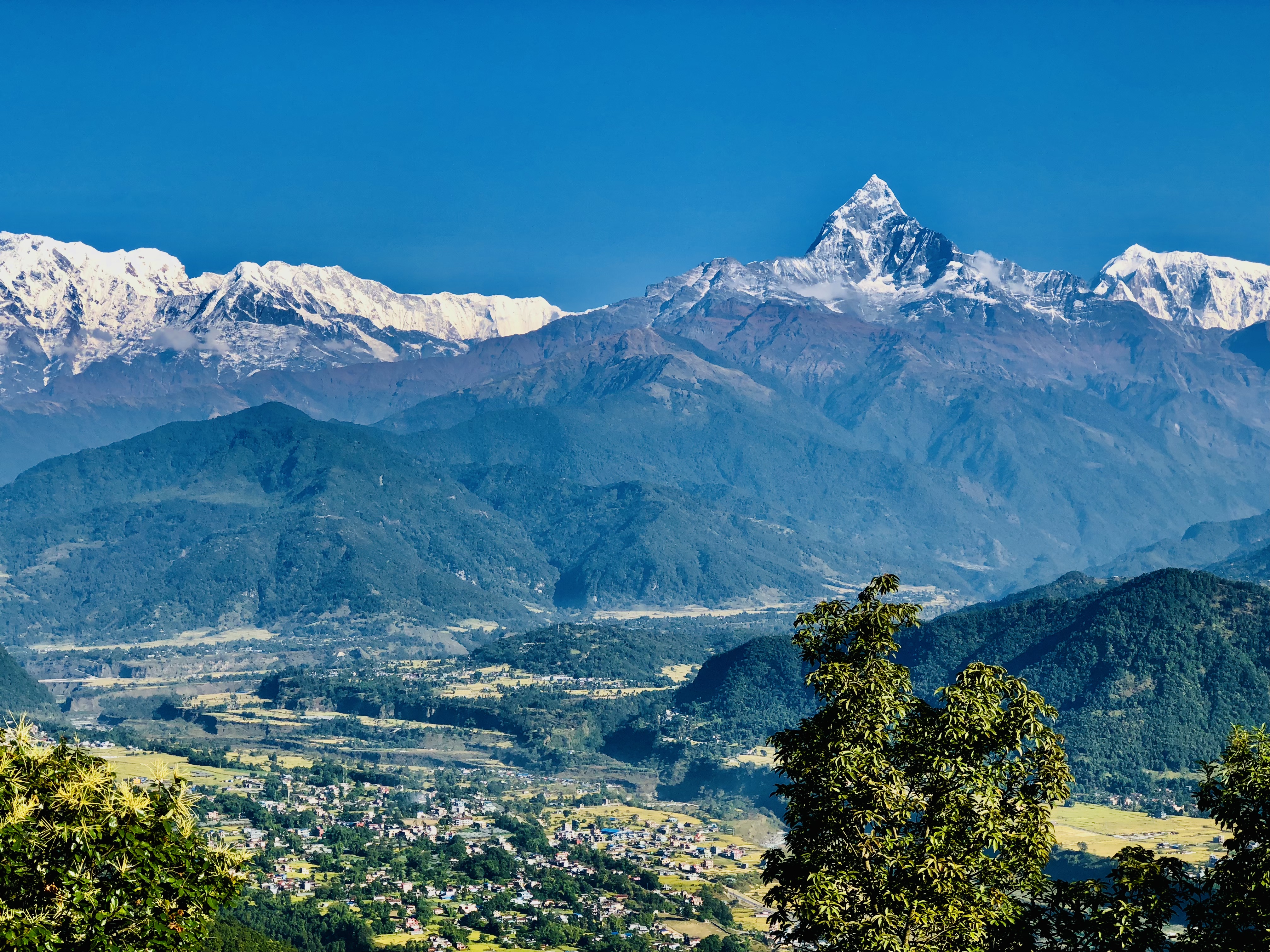
You drive to Sarngkot early in the morning, a popular viewpoint for sunrise and sunset over the Annapurna and Dhaulagiri mountain ranges. It has breathtaking panoramic views and is ideal for photography. Visit Bindhyabasini Temple after sunrise, a historic Hindu temple perched above Pokhara's old bazaar. You travel to Davi's fall (Patale Chhango), a rare underground waterfall. Gupteshwor Cave, which contains a sacred cave and an incredible waterfall, lies nearby. In the afternoon, you'll explore the International Mountain Museum to learn about Nepal's mountaineering history, as well as its world-renowned peaks. Return to Lakeside in the evening for another great evening.
Day 4: Pokhara Excursion and Departure

Pokhara is not only about natural beauty; it also offers a wide range of adventure activities. Start your day with paragliding or zip-lining to experience the thrill of flying over the gorgeous Pokhara valley, but you must book your ticket in advance. Then you go to the World Peace Pagoda, a tranquil Buddhist stupa on a hilltop with stunning views of the Annapurna Range and Pokhara. Depending on your departure schedule, you may be able to do some last-minute shopping or have a final supper with a view before departing for the Pokhara Airport (flight about 30 minutes) or bus station (drive around 8 hours) in Pokhara. In the evening, you will be treated to a farewell supper with our company representatives.
Day 5: Departure day
After breakfast, our company representative will pick you up from your hotel and drop you off at Tribhuwan International Airport in Kathmandu, Nepal. If your flight is in the evening, you will have time to go shopping or rest at your hotel. Finally, we feel ourselves tremendously lucky to have had you with us.
FREQUENTLY ASKED QUESTIONS
Why is Pokhara Valley popular?
The Pokhara Valley attracts both domestic and international visitors. The majority of tourists come to Pokhara Valley to discover the Himalayan range, lakes, waterfalls, caves, and other natural wonders. It is also popular for various activities such as tours, hiking, trekking, boating, paragliding, zip lining, rafting, canoeing, and bungee jumping.
Where is Phewa Lake located?
Phewa Lake (Phewa Tal in Nepali) is a fresh water lake located in Pokhara, Kaski district, Gandaki province of Nepal. It comprises an area of around 5.8 km square and has a maximum depth of about 24 meters. Phewa Lake is renowned for reflecting the Annapurna range, the Dhaulagiri range, and Mount Machhapuchhre.
What can we do in Phewa Lake?
People can rent a variety of multicolored boats, such as traditional wooden rowboats, kayak boats, sail boats, and so on, to have a boat ride around Phewa Lake and to reach the Hindu Temple "Tal Barahi Temple." The Tal Barahi Temple, also known as Tal Temple, is situated on a small island in the middle of Phewa Lake.
Can we swim in Phewa Lake?
Due to its depth and other issues, it is not suggested that you swim in Phewa Lake. Boating is safe in Phewa Lake.
What do you mean by Nepali name ”Patale Chhango” in English?
The Nepali name “Patale Chhango” means underworld’s waterfall.
How did Patale Chhango get the name Devi's Fall?
"Patale Chhango" means "underworld's waterfall" in Nepali. Patale Chhango was named "Devi's fall" after a tragic incident in 1961 in which a Swiss tourist couple was swimming when the woman, Mrs. David, was suddenly swept away by powerful currents of the waterfall, “Patale Chhango”, and disappeared into the waterfall. Her body was recovered three days later in the Phusre River with great struggle, and her father wanted to rename Patale Chhango to David's fall in her honor, but it was changed to “Devi's Fall”. The Devi's Fall is a 150m long naturally beneath the ground tunnel that extends 30m below ground level. It originates from Phewa Lake.
